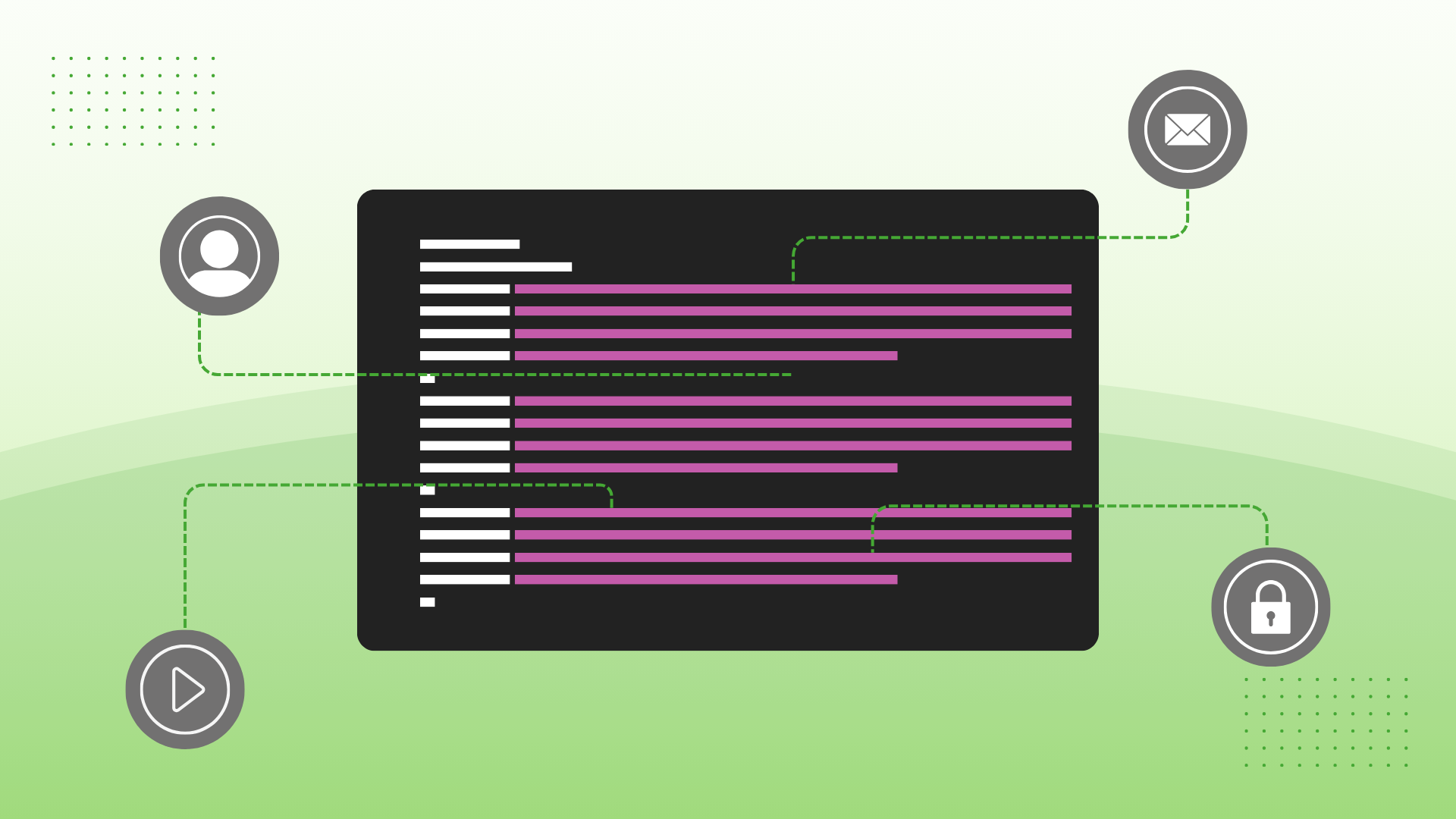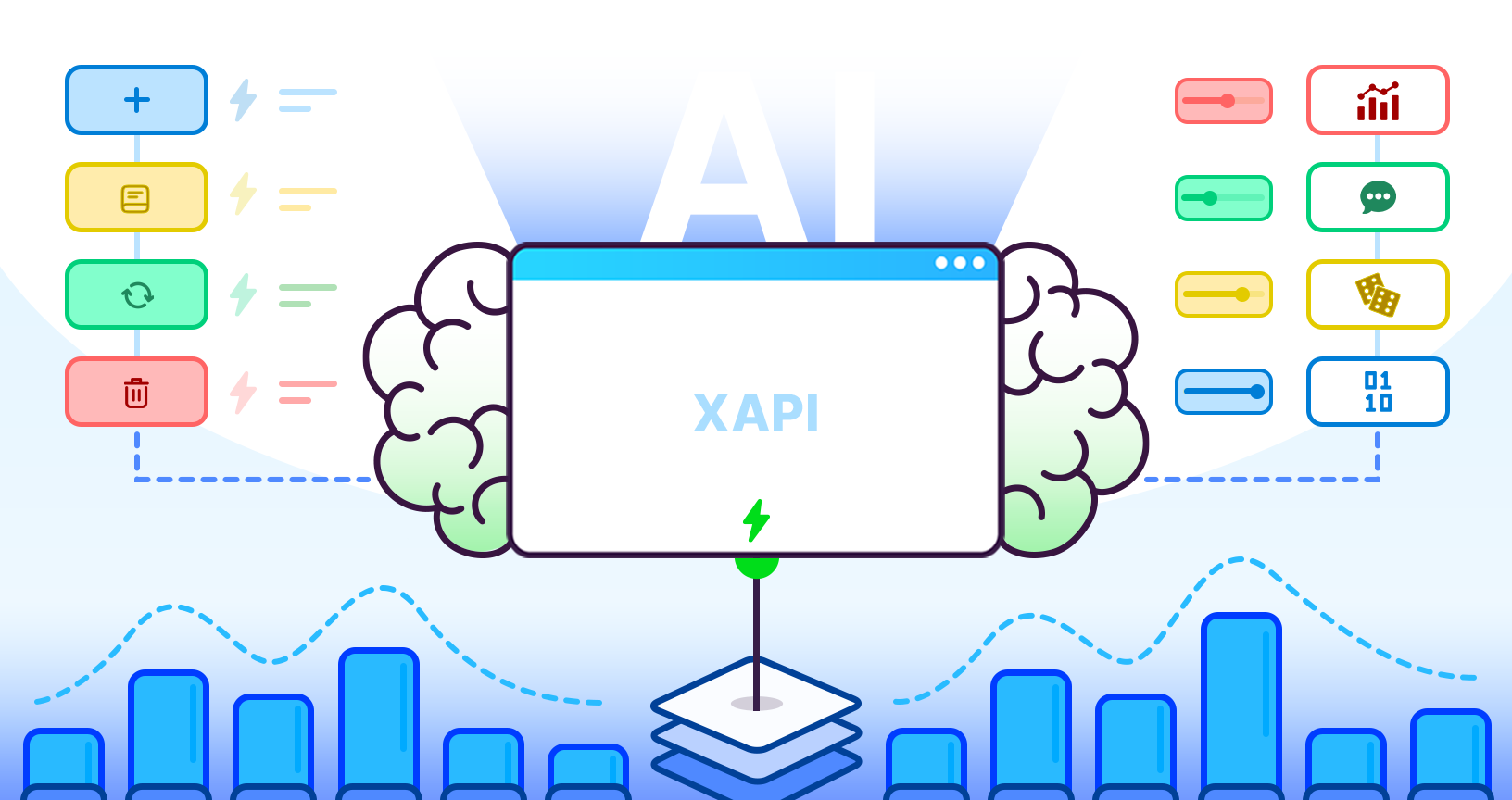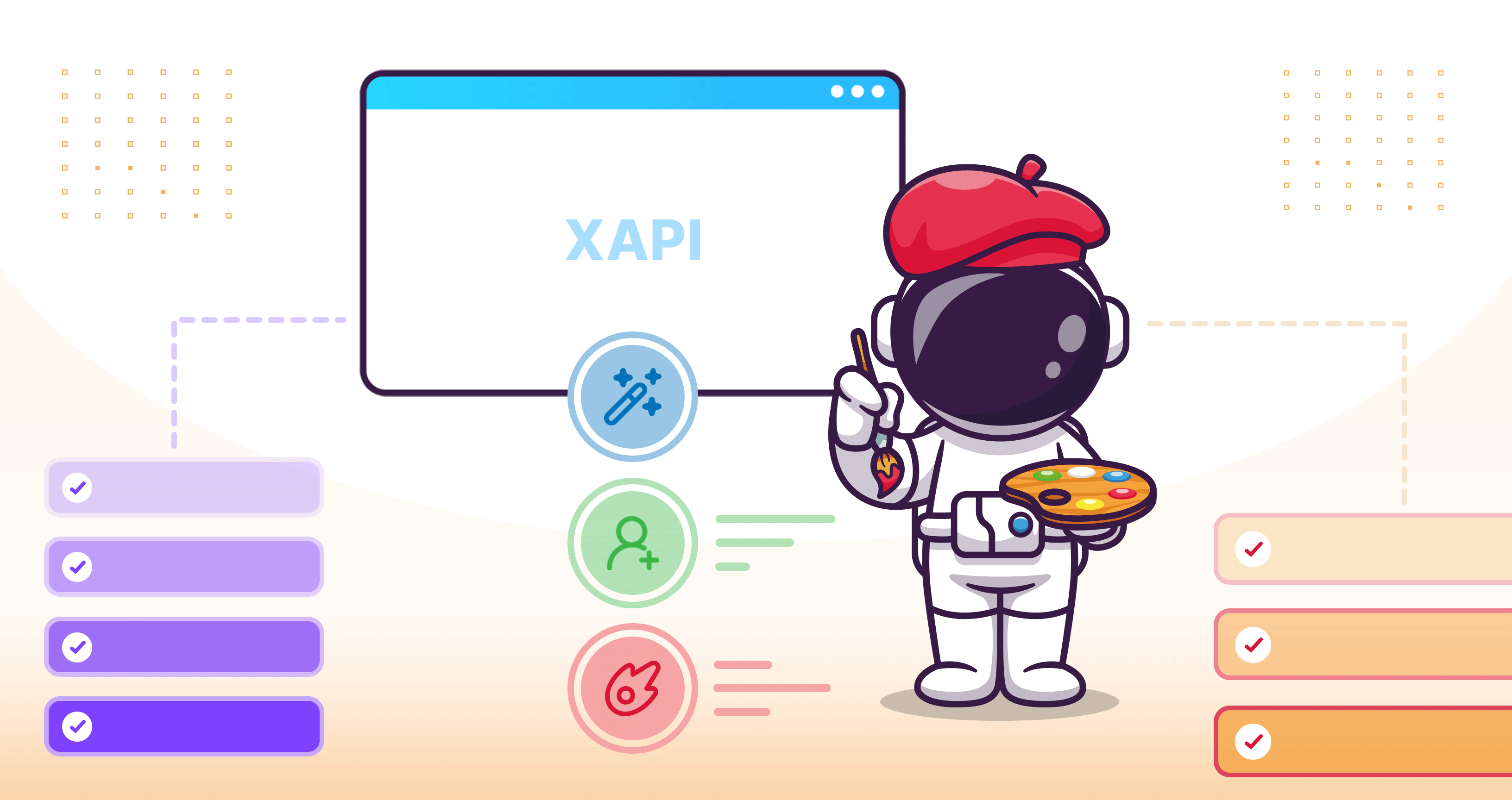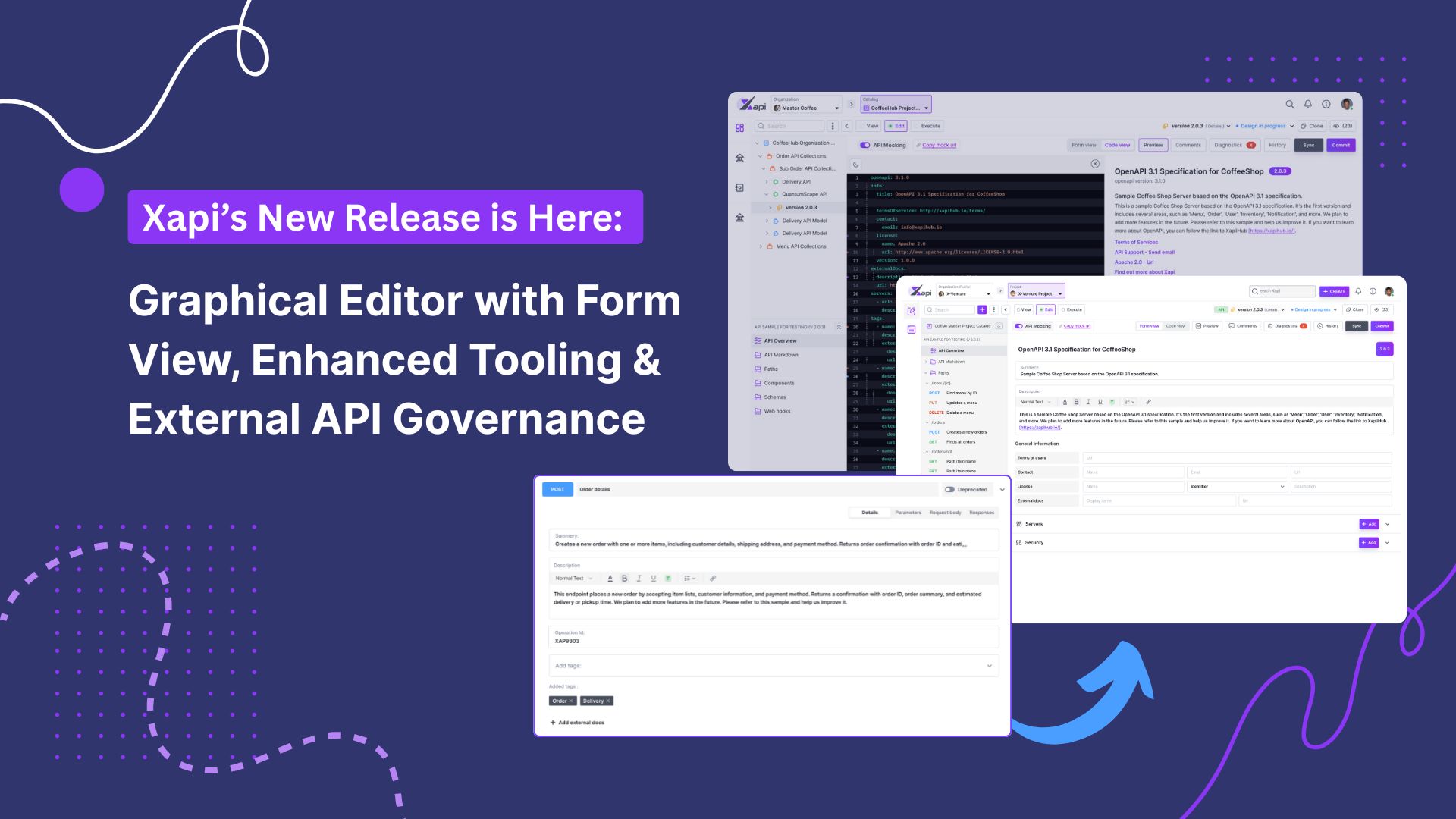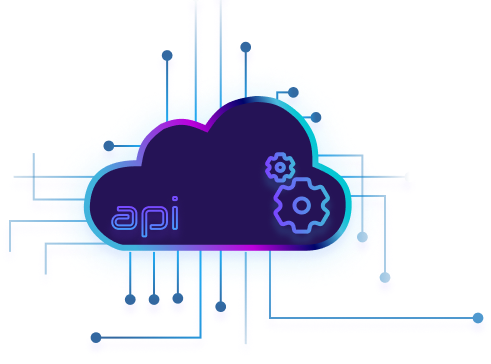The Role of API Documentation in API-Design First

Kaveesha Wijesinghe
24 April,2024 •
3 mins read
What is API Design-First?
API design-first prioritizes the designing and documentation of the API interface over the implementation of the underlying logic. To drive the development process, this strategy emphasizes clear and detailed documentation.
What is API documentation?
API documentation is basically a comprehensive guide that explains how the API functions, how it is structured, and how it is used. It is a documentation used by developers and other stakeholders involved in the API and needs to understand how it works and also to use it effectively. For this, API documentation usually offers information on accessible endpoints, input, output parameters, error codes and other details if need be. It has become necessary to increase team cooperation and communications as well as promoting the effective implementation of the API-Design First approach.
Significance of API documentation in the API Design-First approach
The following points demonstrate the significance of API documentation in API- design first:
-
Collaboration and communication:
Documentation acts as a means of communication between many teams participating in the development process. By providing a clear reference for implementation, it facilitates seamless collaboration between front-end and back-end developers, testers, product managers, and other stakeholders.
-
Design consistency:
Teams can assure consistency in design decisions by describing the API interface early in the development lifecycle. This uniformity extends to the API's naming conventions, data formats, error codes, and other features, resulting in a more unified and manageable design.
-
Clarity and understanding:
APIs with detailed documentation make it easier to understand the desired behavior, input parameters, output formats, and error handling. This clarity is critical in the early phases of design to ensure that all stakeholders understand the API's capabilities.
-
Feedback loop:
Early documentation helps stakeholders and potential API users to provide input. This feedback loop can impact design decisions and aid in the resolution of possible usability issues before major development efforts begin.
-
Developer experience:
By providing clear examples, use cases, and best practices for leveraging the API, well-crafted documentation adds to a favorable developer experience. This increases developer productivity while also shortening the learning curve associated with integrating new APIs.
-
Alignment with business goals:
Early API documentation ensures alignment with corporate goals and use cases. It allows stakeholders to confirm that the proposed API architecture fits the needs of both internal and external users.
In summary, API documentation is an essential component of the API design-first approach, offering clarity, encouraging collaboration, enabling rapid prototyping, and assisting with the development lifecycle from design to testing and deployment. Documentation that is well-structured and up-to-date is critical for the successful implementation and adoption of APIs.

Kaveesha Wijesinghe
Sales and Marketing Intern at X-venture



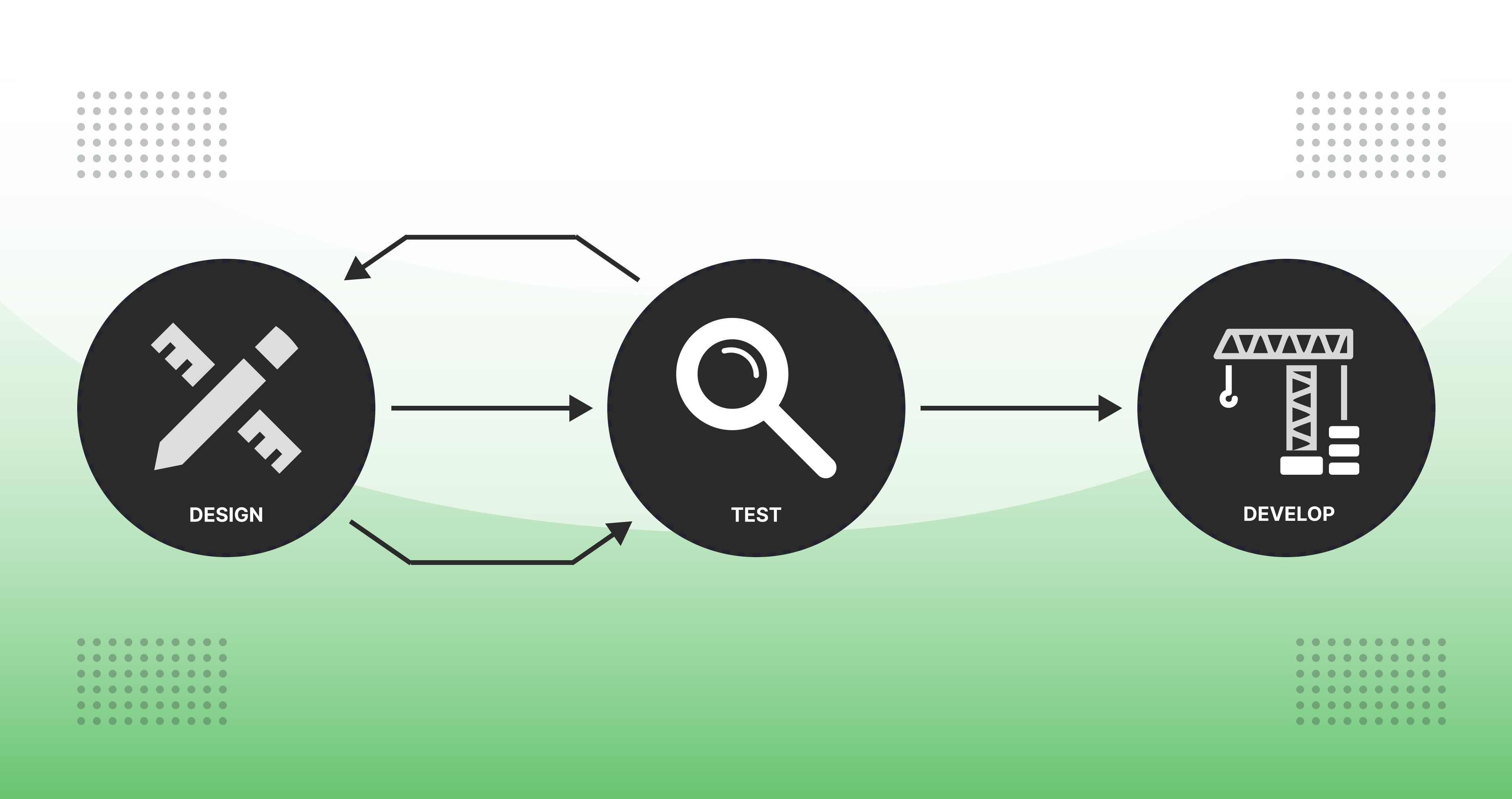




.jpg)
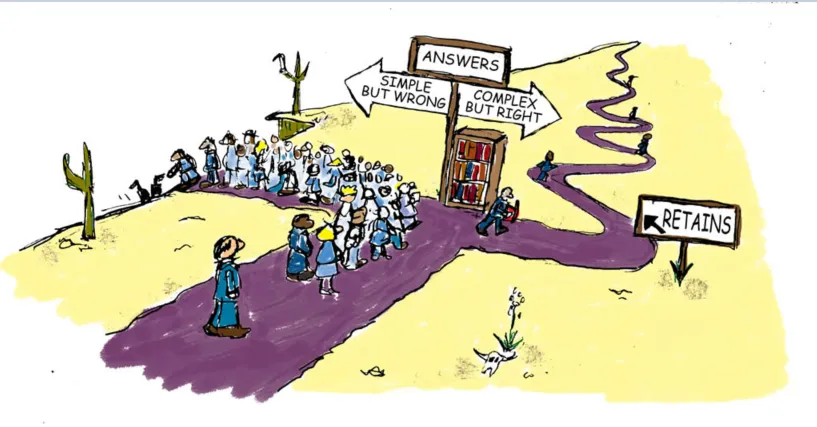
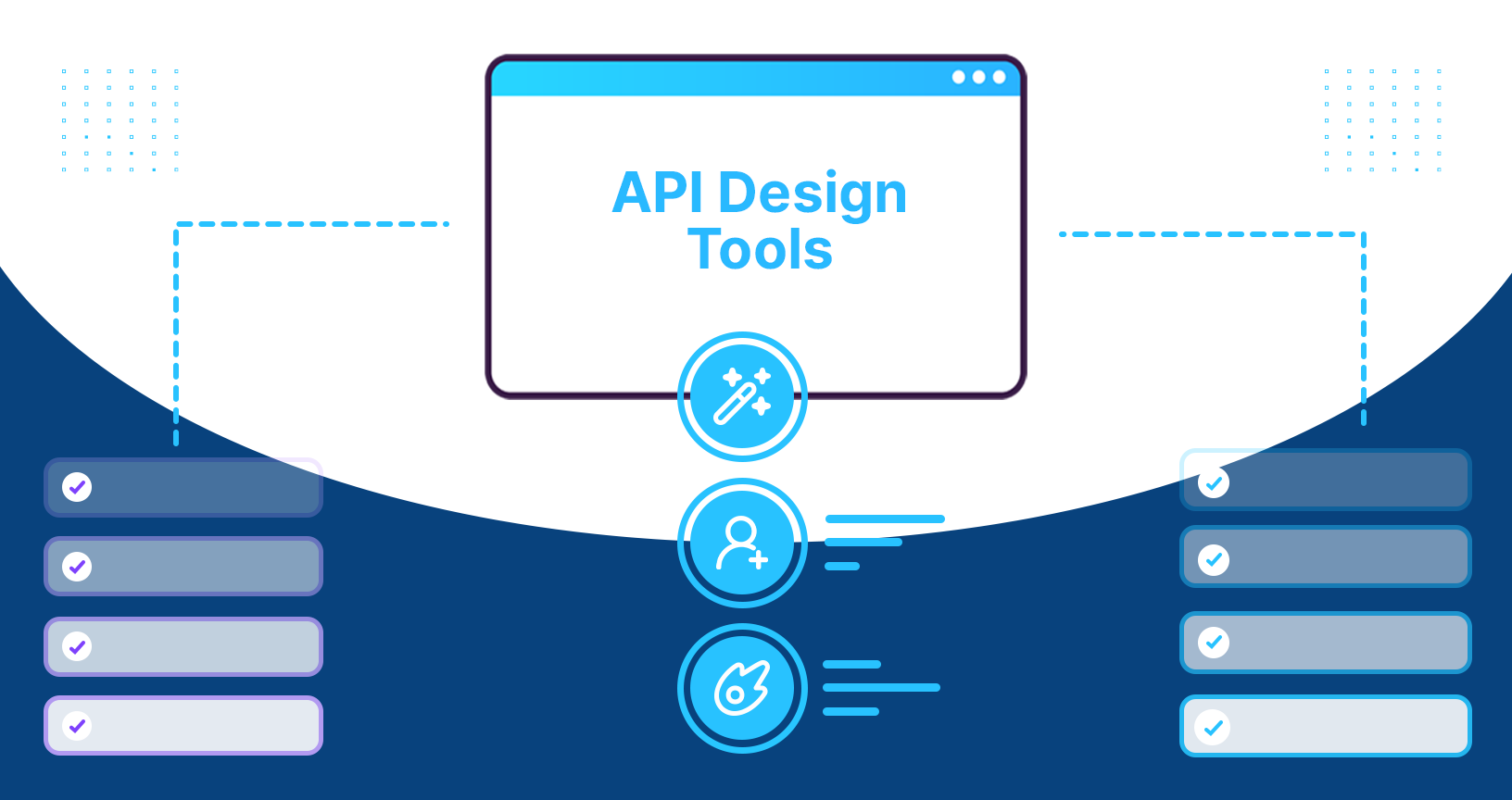

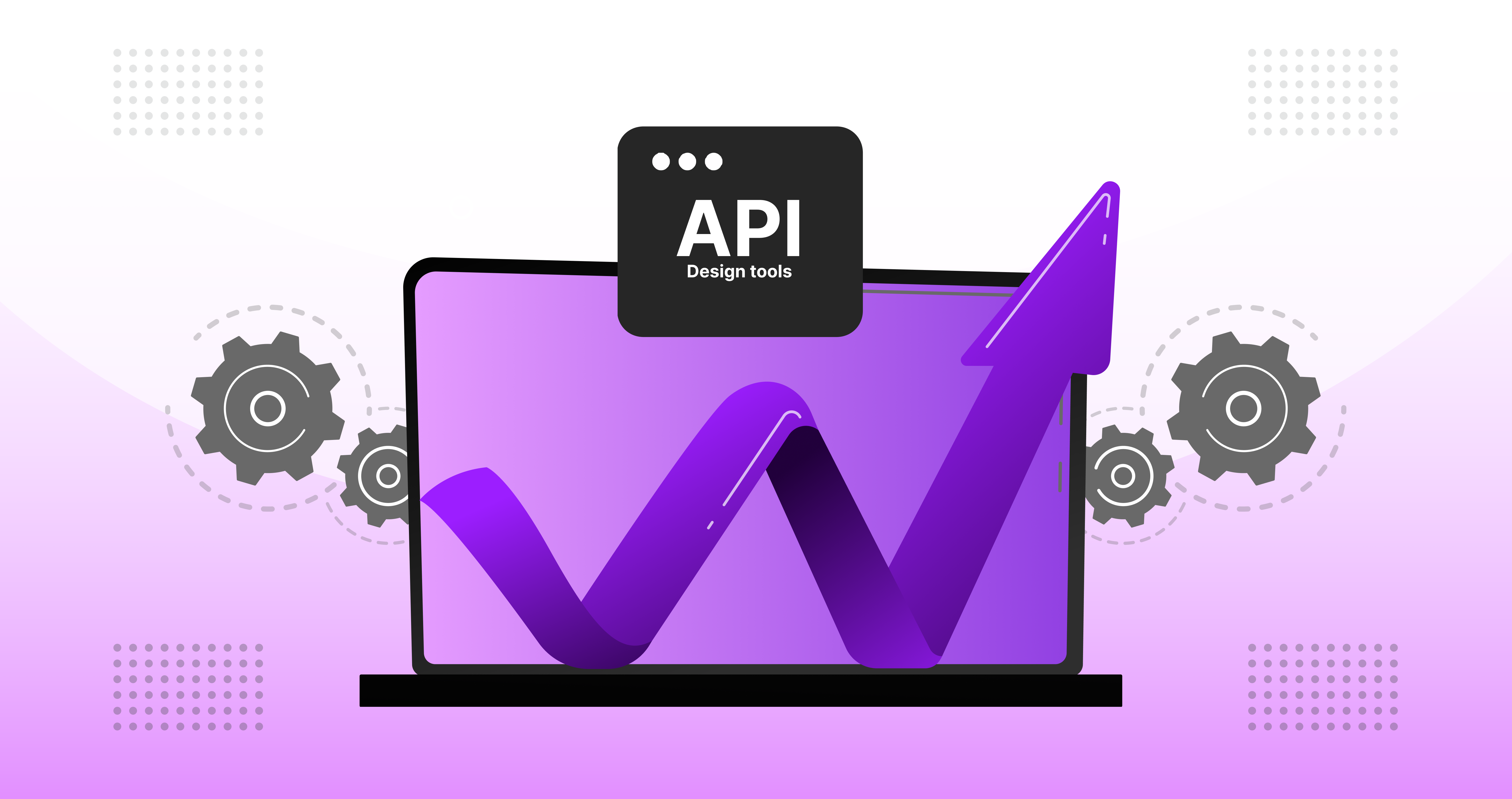



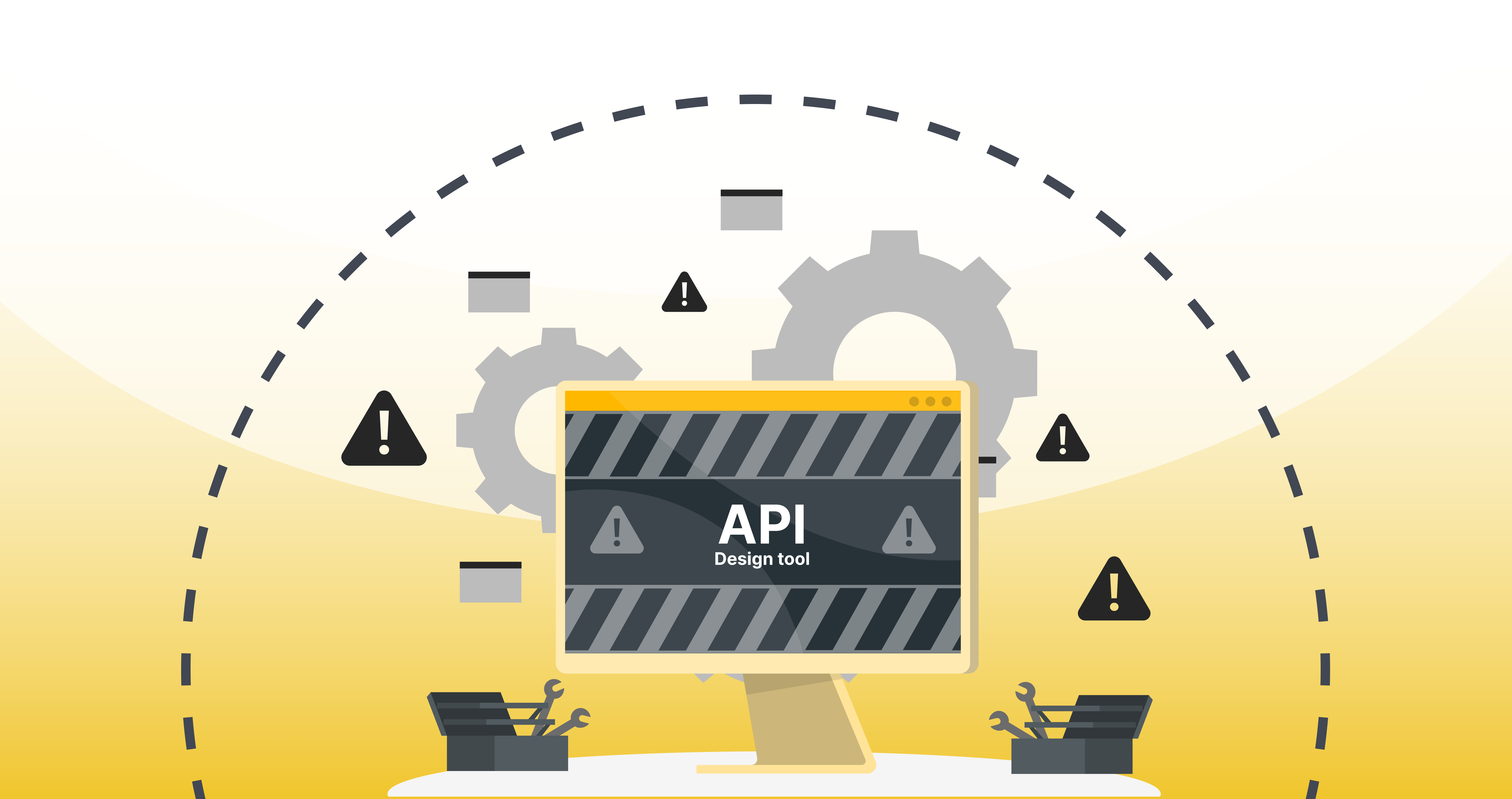

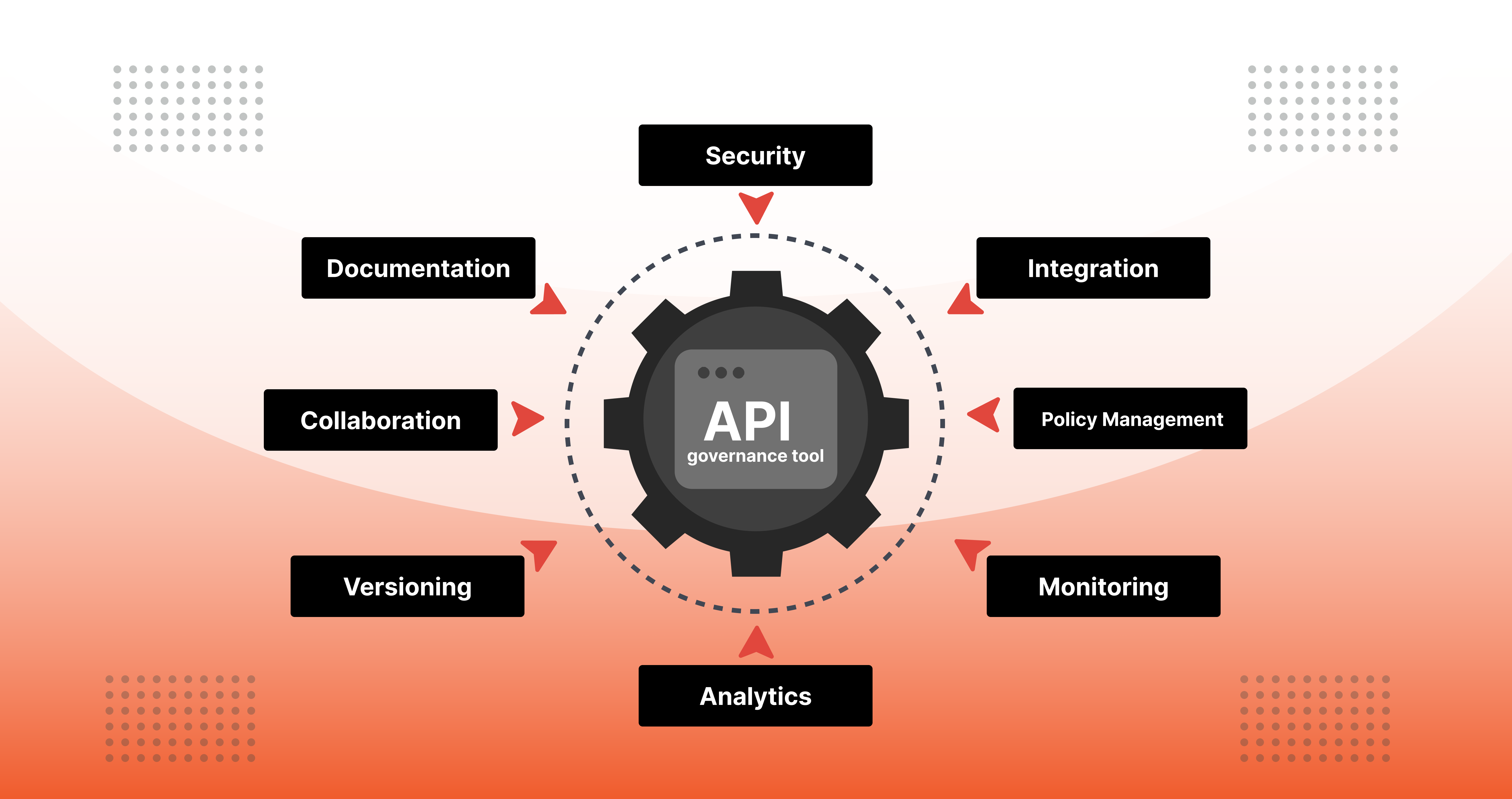
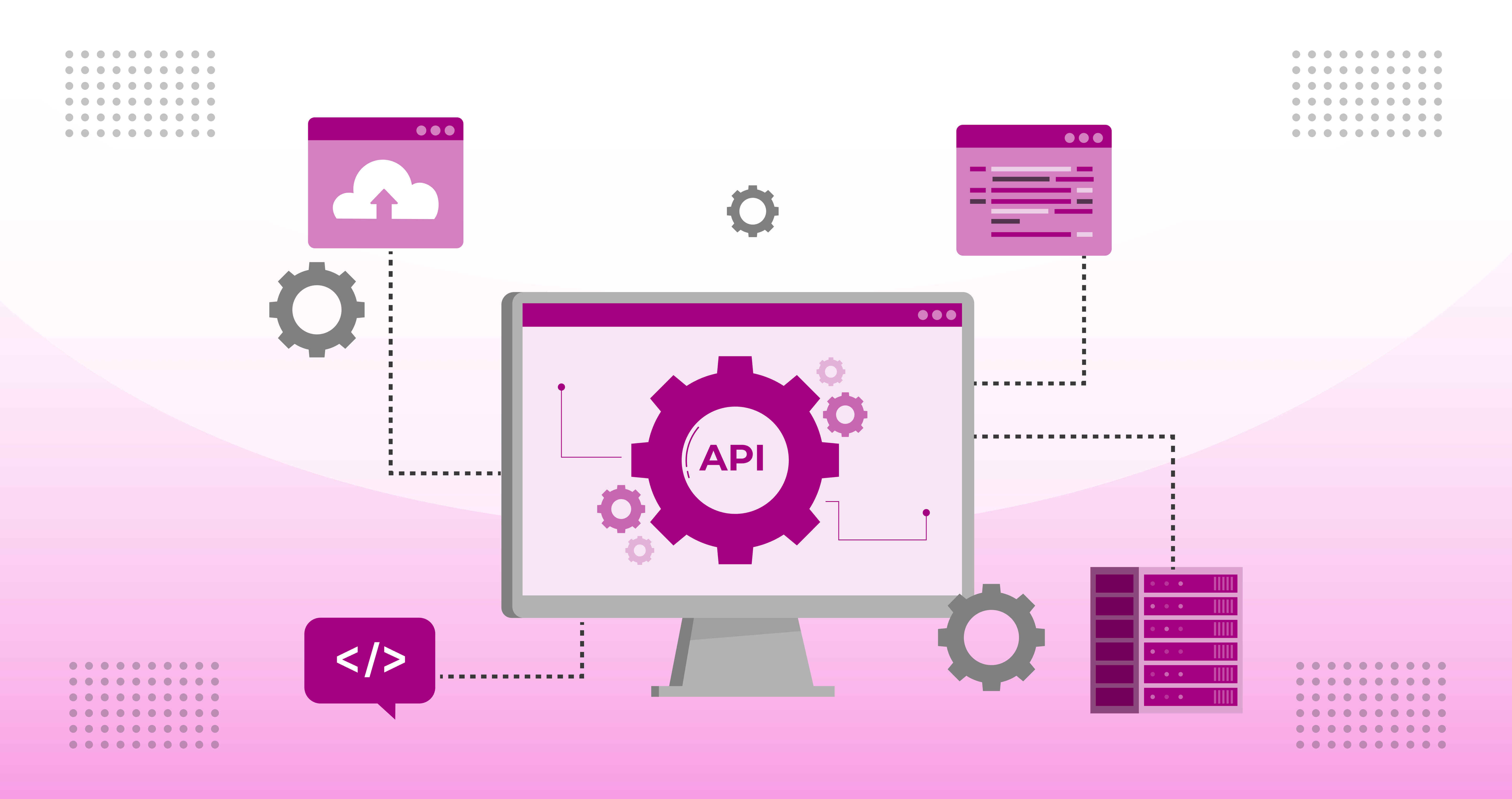

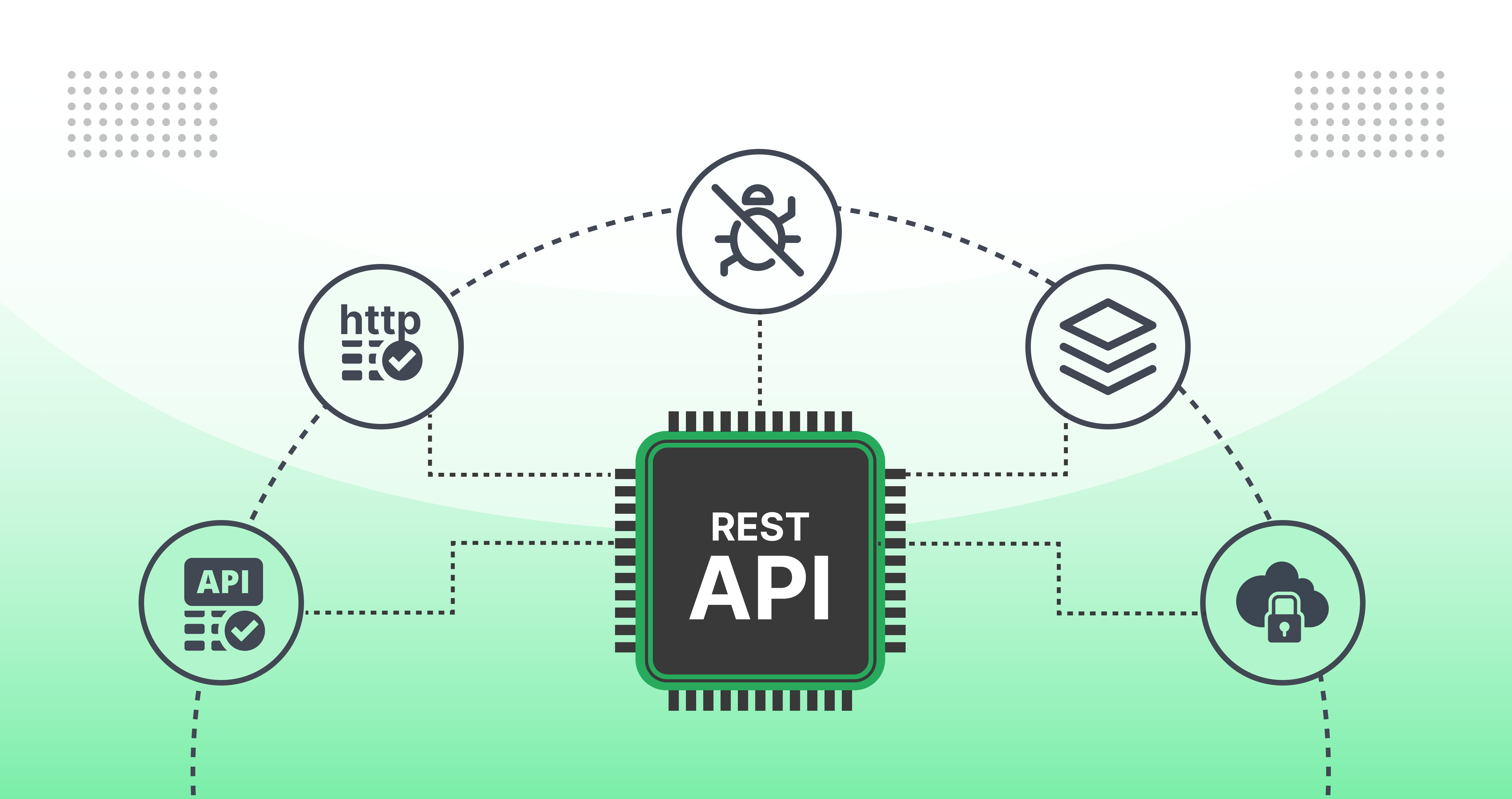

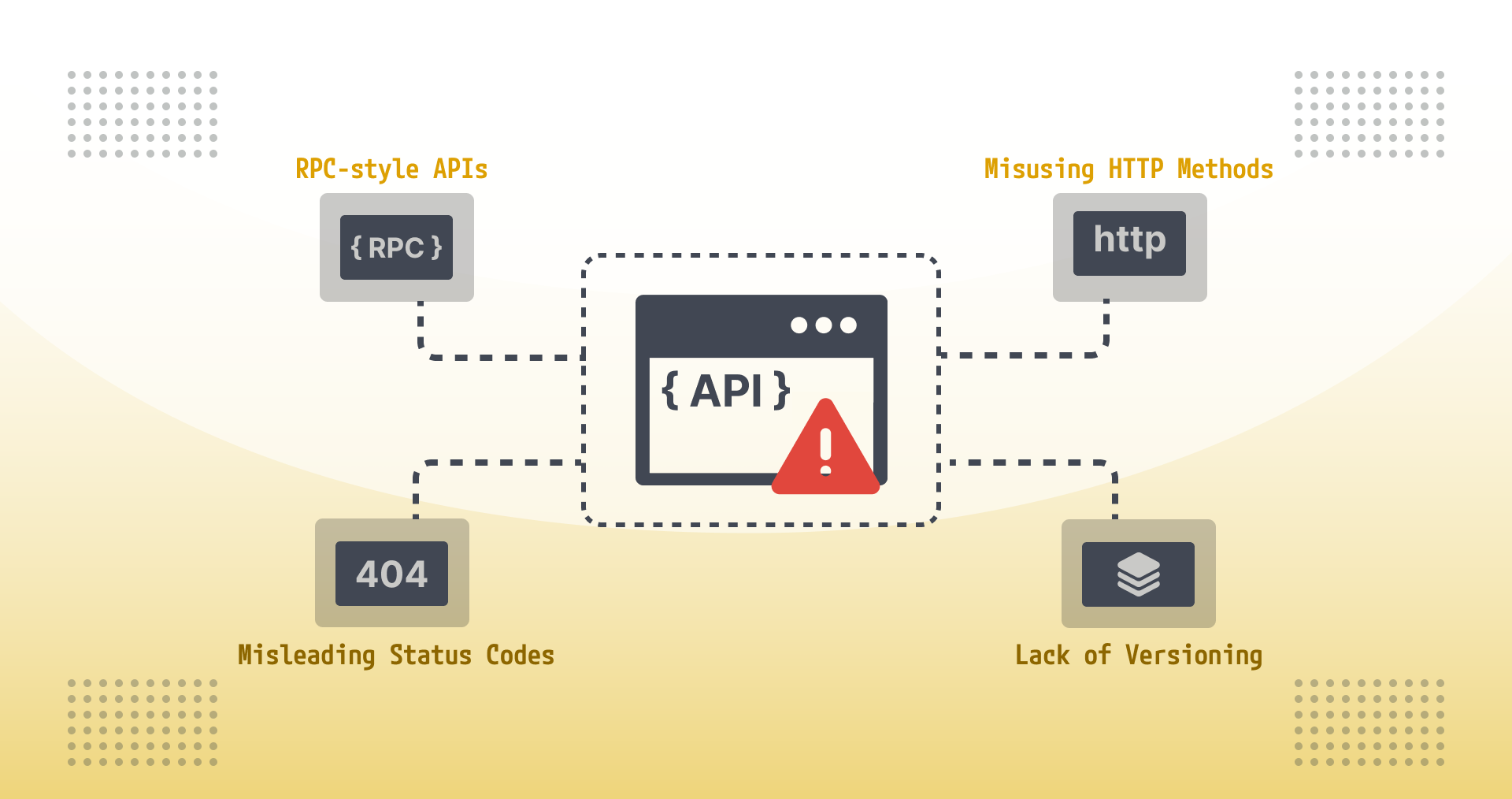

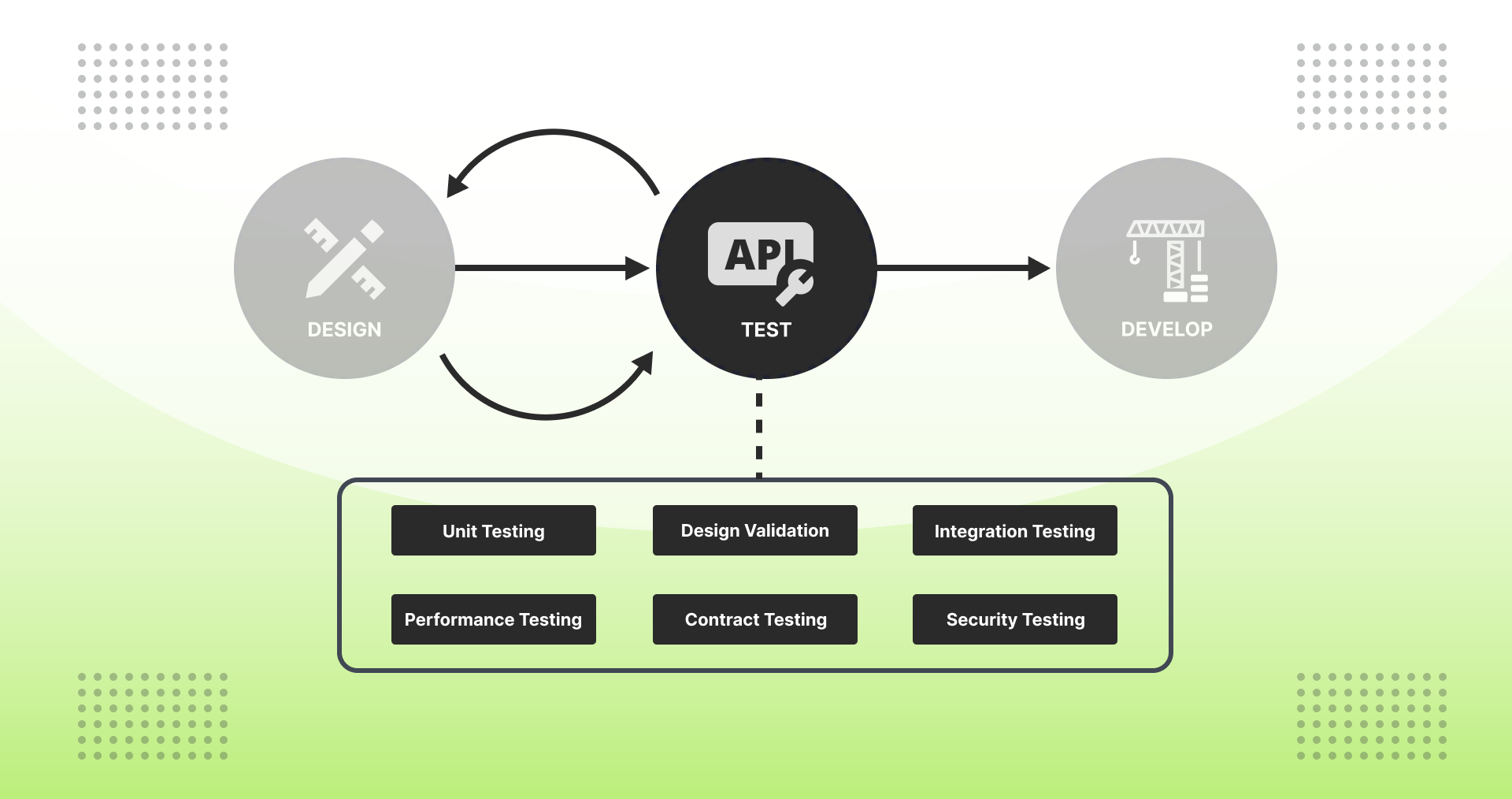




.jpg)
